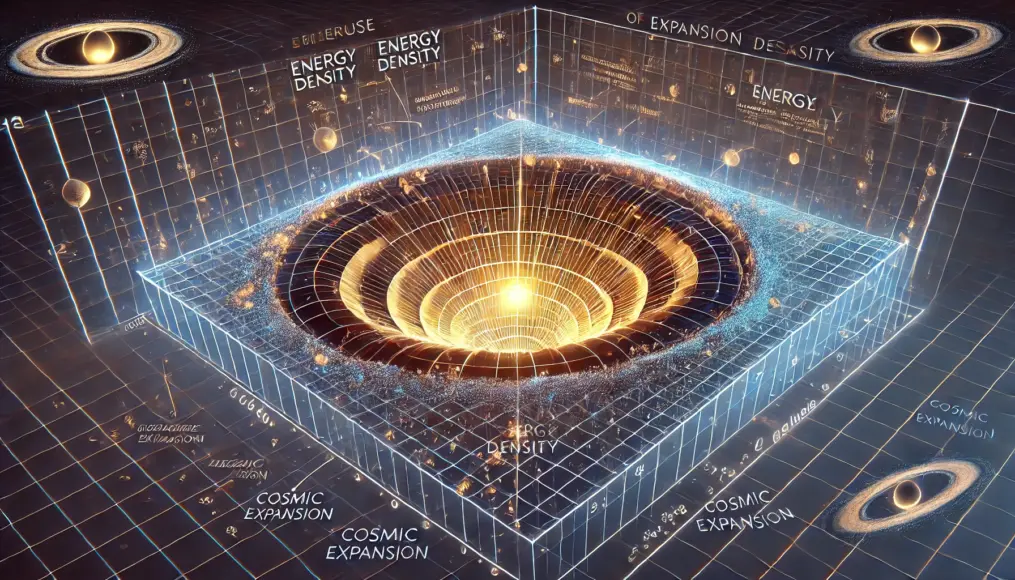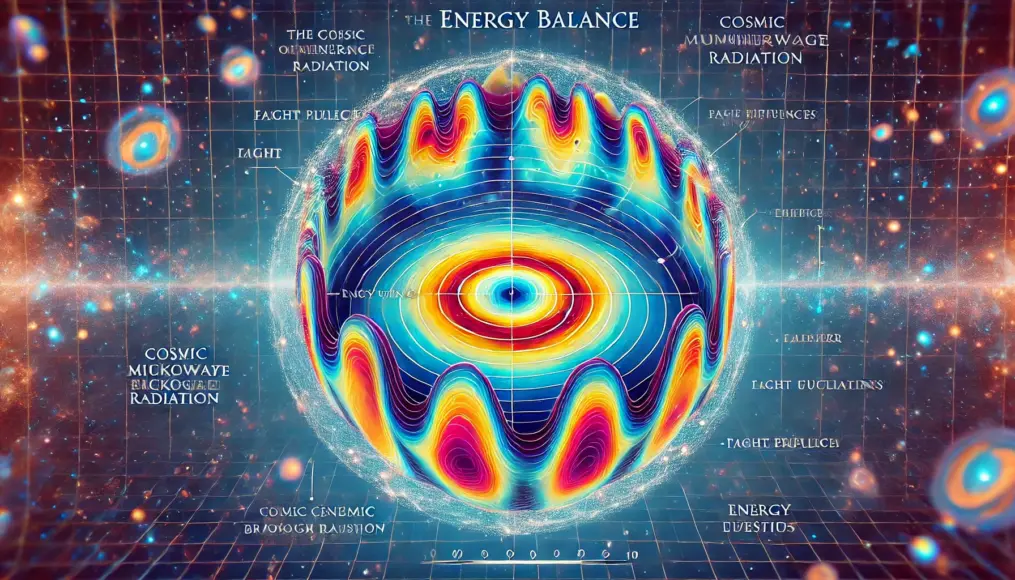The universe is a realm full of mysteries that challenge the fundamental principles of physics.
Among these, phenomena that appear to violate the law of conservation of energy are crucial puzzles for scientists.
This article explores these mysteries through cosmic expansion, black holes, and dark matter, delving into the potential of new physics that challenge the law of conservation of energy.
Cosmic Expansion and the Law of Conservation of Energy
How the law of conservation of energy applies during the process of cosmic expansion remains a significant challenge in modern physics.
The phenomenon of decreasing energy density due to the expansion of space itself is discussed as an exception to this principle.
Notably, “redshift,” where light’s wavelength is stretched, provides critical clues for understanding this issue.

What Is the Law of Conservation of Energy?
The law of conservation of energy is a fundamental principle of physics that states energy in a closed system remains constant.
However, in a scenario where the universe itself is expanding, this principle may not always hold true.
For example, when the energy of light decreases due to wavelength stretching, questions arise as to where the lost energy goes.

Energy Distribution on a Cosmic Scale
As space expands, changes in the distribution of energy have been observed.
These changes are not fully explainable by the traditional law of conservation of energy, raising the need for new theories.

The Impact of Dark Energy
Dark energy, known for accelerating the expansion of the universe, remains largely unexplained.
Recent studies have observed phenomena where energy appears to be “created” during cosmic expansion.
This may indicate the presence of new physical laws that transcend the law of conservation of energy.

The Relationship Between Cosmic Expansion and Energy Creation
Dark energy seems to increase as the universe expands.
This phenomenon appears to contradict the law of conservation of energy, sparking ongoing debates among scientists.

Violations of the Law of Conservation of Energy in Black Holes
Black holes are locations where phenomena exceeding the norms of physics occur and are often discussed as examples of violations of the law of conservation of energy.
Phenomena like Hawking radiation, where black holes emit energy, still harbor many mysteries.
These phenomena provide essential clues for understanding how physical laws operate within black holes.

The Mystery of Hawking Radiation and Energy
Hawking radiation describes the process of black holes emitting energy, but the origin of this energy remains mysterious.
According to explanations combining quantum mechanics and general relativity, virtual particle pairs materialize outside the black hole, resulting in energy emission.
However, this phenomenon, where energy seems to be lost from the black hole’s interior, is viewed as a violation of the law of conservation of energy.

The Limits of Physical Laws Inside Black Holes
Inside black holes, phenomena that current physics cannot explain may be occurring.
For instance, how energy is processed after being absorbed into the “singularity” of a black hole remains unresolved.

What Remains After Black Hole Evaporation?
During the evaporation of black holes, how energy is redistributed is also a topic of debate.
Understanding how the law of conservation of energy operates during this process is a significant challenge in physics.

The Energy Balance of the Universe
Considering the energy balance of the entire universe is a crucial step in exploring new physics beyond the law of conservation of energy.
There is a significant gap between the observed energy and the theoretically predicted energy, and research is ongoing to bridge this gap.
This includes studies of dark matter and cosmic background radiation.

Dark Matter as Energy Complement
Dark matter, while considered key to explaining the universe’s energy balance, remains a mystery.
According to observational data, dark matter accounts for about 27% of the energy in the universe.
However, how this substance relates to the law of conservation of energy requires further research.

The Significance of Cosmic Background Radiation
Cosmic background radiation, considered a remnant of the Big Bang, plays a critical role in verifying the law of conservation of energy.
This radiation is uniformly distributed across the universe, serving as a clue to understanding the energy balance of the early universe.

Conclusion: The Mysteries of the Universe and Future Science
The mysteries of the law of conservation of energy in the universe hold the potential to open doors to groundbreaking discoveries in physics.
Addressing these challenges will advance science and reshape our understanding of the universe.
If this article has deepened your curiosity about the mysteries of the universe, we are glad.




Comment